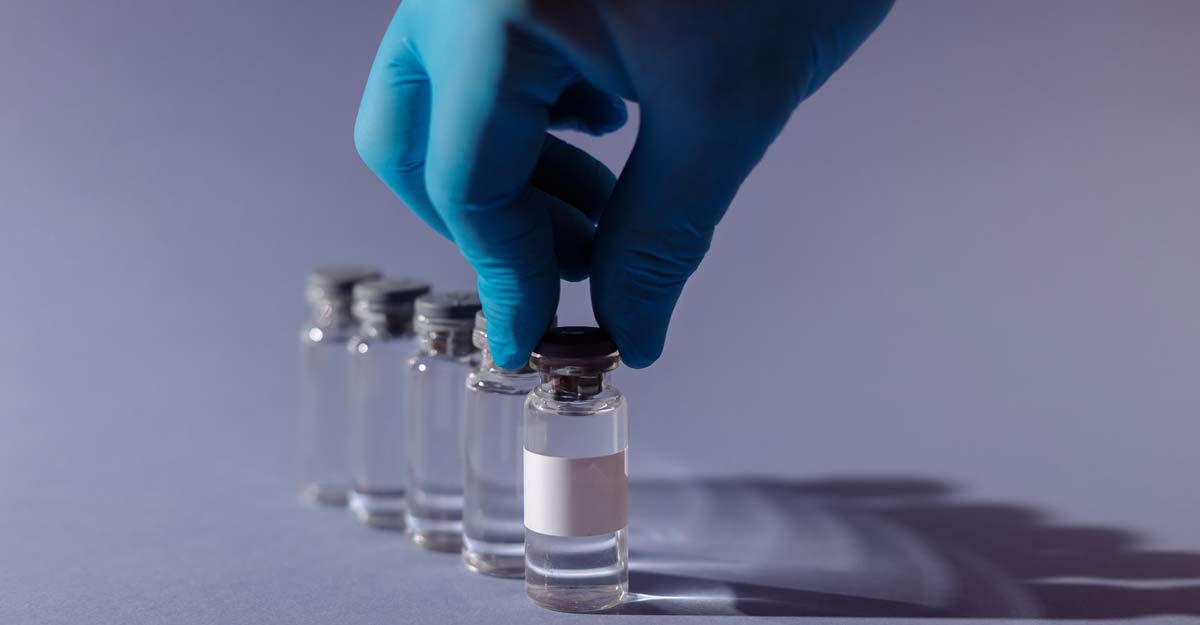Global S&T Development Trend Analysis Platform of Resources and Environment
| Australian Government urged to invest in updated vaccine manufacturing capability | |
| admin | |
| 2021-02-23 | |
| 发布年 | 2021 |
| 语种 | 英语 |
| 国家 | 澳大利亚 |
| 领域 | 资源环境 |
| 正文(英文) |

Australia’s leading scientists have urged the Australian Government to develop additional vaccine manufacturing capability within the next 12 months. They say without the ability to produce mRNA vaccines onshore, Australia and the region remain vulnerable to supply limitations. The recommendation is contained in the Australian Academy of Science’s 2021-22 pre-Federal budget submission published today. The submission reads: “Despite our one-hundred-year-old investment in CSL, there are developing gaps in our ability to produce vaccines onshore. Without the ability to produce new vaccines onshore, Australia and the region remain vulnerable to supply shocks. “Investing in nucleic acid-based technology platforms offers a way to mitigate this risk. Nucleic acid technology shows enough promise to commit to developing a large-scale RNA production capability. Australia needs a strategy for developing additional manufacturing platforms for the years ahead. “Developing this capability will allow us to build resilience to future pandemics and potential biosecurity situations that may require us to have the onshore capacity to mass produce vaccines.” The Academy’s Secretary for Science Policy, Professor David Day, said Australia has the scientific expertise for RNA vaccines but not the manufacturing capability. The Academy’s other recommendations to the Australian Government for the 2021-22 Federal Budget are:
Despite the Australian Government’s additional investments in the 2020–21 budget, the ongoing negative impact on the scientific enterprise of the pandemic will become more apparent during 2021. The Academy has long sought an uplift in our national scientific ambition, including an increase in our national R&D effort to 3% of GDP. This ambition requires broad agreement on how to focus any additional funding for science and research on societal challenges. Addressing these challenges requires broad reform to instruments like our R&D tax incentives and the pursuit of a productivity-enhancing Australian open science strategy.
Australia has been able to position itself as a leading biomedical nation. Such a position is no accident but has come from decades of patient investment. Now is the time to make similar investments in the physical sciences. Investments in Australian fundamental science, from mathematics to materials science and beyond, will build our nation’s scientific capital and enable industries of the future.
The RRIF can benefit the Australian Government beyond the pandemic by providing evidence-based answers to questions to inform a range of multidisciplinary policy challenges, from the challenge of a circular economy and building sovereign capability in manufacturing to adaption to global warming.
At present 70% of the ‘map’ of Australia’s biodiversity is blank. Australia’s taxonomists are planning an ambitious and necessary mission: to discover and document all remaining Australian species within a generation. A recent scoping exercise by Deloitte Access Economics has estimated that a mission to discover and document all remaining Australian species within a generation will provide returns of at least $4–$35 for every dollar invested.
The passage and implementation of the Australian government’s Job-Ready package is intended to incentivise STEM study. Concerningly, universities have reported job cuts and course changes, which are impacting staffing levels in STEM areas – particularly mathematics, physics, and chemistry – and reducing opportunities for Australians to study and do research. A review would clarify the effectiveness of legislated changes and quantify the ongoing impact of the pandemic. Read the Academy’s pre-Federal budget submission.
|
| URL | 查看原文 |
| 来源平台 | Australian Academy of Science |
| 文献类型 | 新闻 |
| 条目标识符 | http://119.78.100.173/C666/handle/2XK7JSWQ/315948 |
| 专题 | 资源环境科学 |
| 推荐引用方式 GB/T 7714 | admin. Australian Government urged to invest in updated vaccine manufacturing capability. 2021. |
| 条目包含的文件 | 条目无相关文件。 | |||||
| 个性服务 |
| 推荐该条目 |
| 保存到收藏夹 |
| 查看访问统计 |
| 导出为Endnote文件 |
| 谷歌学术 |
| 谷歌学术中相似的文章 |
| [admin]的文章 |
| 百度学术 |
| 百度学术中相似的文章 |
| [admin]的文章 |
| 必应学术 |
| 必应学术中相似的文章 |
| [admin]的文章 |
| 相关权益政策 |
| 暂无数据 |
| 收藏/分享 |
除非特别说明,本系统中所有内容都受版权保护,并保留所有权利。
修改评论